Sugar Cane Harvest Cheats
Expert Strategies for Maximizing Yield and Profit
Sugar cane cultivation is a cornerstone of global agriculture, providing 80% of the world’s sugar and 40% of its bioethanol. However, farmers face persistent challenges: declining yields, soil degradation, pest outbreaks, and inefficient nutrient management. This comprehensive guide integrates cutting-edge research and practical solutions to address these pain points, leveraging data from major producing regions like India, Brazil, and Southeast Asia. Whether you’re a smallholder or a large-scale wholesaler, these strategies will help you optimize productivity while reducing environmental impact. For fertilizer wholesale factories, this resource highlights the critical role of tailored nutrient solutions in sustaining profitable sugar cane operations.
1. Soil Preparation and Planting Techniques
1.1. Site Selection and Land Preparation
Sugar cane thrives in well-drained soils with a pH of 5.5–6.5 and temperatures between 20–30°C. Deep plowing (30–40 cm) is essential to break hardpans and improve root penetration. In waterlogged areas, raised beds or the ring pit method (adopted in India’s Tripura region) can boost yields by 30–35% by enhancing aeration and nutrient uptake.
1.2. High-Yield Varieties
Select disease-resistant, high-sucrose varieties like GT66 (developed for mechanization) or NCo 310. GT66 shows a 26.98% increase in sugar yield and superior ratoon durability, critical for long-term profitability.
1.3. Optimal Planting Density
For manual planting, space setts (cuttings) 1.2–1.5 m apart with 20–25 two-eyed setts per hole. High-density planting (e.g., ring pits) maximizes land use, achieving 3,600 plants/ha.
2. Nutrient Management: Balancing Macro and Micronutrients
2.1. Base Fertilization
Sugar cane requires balanced NPK ratios tailored to soil tests. Apply slow-release organic fertilizer (2 tons/ha) enriched with microbial bio-organic fertilizer to improve organic matter and microbial activity. For phosphorus-deficient soils, MKP (0-52-34) at 100 kg/ha enhances root development.
2.2. Foliar and Top-Dressing Solutions
Vegetative Stage: Apply liquid nitrogen fertilizer (420-0-0) at 5–10 L/ha to accelerate tillering.
Stalk Elongation: Use amino acid-Ca-Mg liquid fertilizer to prevent chlorosis and improve stem strength.
Maturation: Potassium humate granules (200 kg/ha) boost sucrose accumulation and drought resistance8.
2.3. Micronutrient Supplementation
Zinc (0.5%) and boron (0.2%) are critical for enzyme function and sugar transport. Foliar sprays of amino acid trace elements liquid at 3 L/ha address deficiencies without soil fixation.
3. Irrigation and Water Management
Drip irrigation reduces water use by 40% and enables precise nutrient delivery via water-soluble fertilizers (e.g., 21-21-21+TE). In water-scarce regions like India’s Gangetic Plains, mulching with organic matter retains soil moisture and suppresses weeds.
4. Pest and Disease Control
4.1. Major Threats
Red Rot (Colletotrichum falcatum): Causes stem rotting and yield losses up to 50%.
Nematodes: Reduce root efficiency and nutrient uptake.
Borers: Damage stems and reduce sucrose content.
4.2. Solutions
Biocontrol Agents: Apply anti-nematode microbial agents to suppress soil pathogens.
Resistant Varieties: GT66 reduces black rot incidence by 66% compared to traditional varieties.
Chemical Alternatives: Use targeted biocides only during early growth stages to minimize resistance.
5. Harvesting and Ratoon Management
5.1. Optimal Harvest Timing
Harvest when sucrose content reaches 14–15% (measured via Brix refractometer). Early-maturing varieties like GT66 allow earlier crushing, maximizing mill efficiency.
5.2. Ratoon Cultivation
Ratoon crops can contribute 60–70% of total productivity over 3–4 cycles. Key practices include:
Post-Harvest Fertilization: Apply 10-5-45 NPK + TE (120 kg/ha) to support regrowth.
Soil Aeration: Light tilling prevents compaction and improves root health.
Microbial Inoculants: Rooting microbial agents enhance stalk regeneration and nutrient uptake.
6. Economic Considerations for Wholesalers
For fertilizer wholesale factories, sugar cane-specific blends offer high demand in tropical markets. Focus on:
Custom Formulations: Develop high-potassium blends for ratoon cycles or high-phosphorus starters for sandy soils.
Bulk Solutions: Offer slow-release organic fertilizers in 1-ton packages to reduce logistics costs.
Technical Support: Provide soil testing kits and digital advisory services to build long-term partnerships.
Conclusion
Maximizing sugar cane yields requires a holistic approach: selecting resilient varieties, precision nutrition, efficient water use, and integrated pest management. By adopting these strategies and leveraging specialized products like potassium humate granules or microbial agents, farmers can achieve yields exceeding 100 tons/ha while reducing environmental impact. For wholesalers, investing in tailored solutions and agronomic support will drive customer loyalty and market expansion.
References:
FAO Sugar Cane Cultivation Guide
USDA Agricultural Research Service: https://www.ars.usda.gov/sugar-cane-research
International Society of Sugar Cane Technologists: https://www.issct.org/
World Agricultural Network: https://www.world-agriculture.net/sugar-cane-nutrition
ScienceDirect Journal of Tropical Agriculture: https://www.sciencedirect.com/tropical-sugar-cane
If you are interested in this article, or have any questions that need to be answered,
You can find us at any time through the chat icon in the lower right corner of the webpage. Of course, you can also check out our other social media (such as Linkedin) to learn more about us.
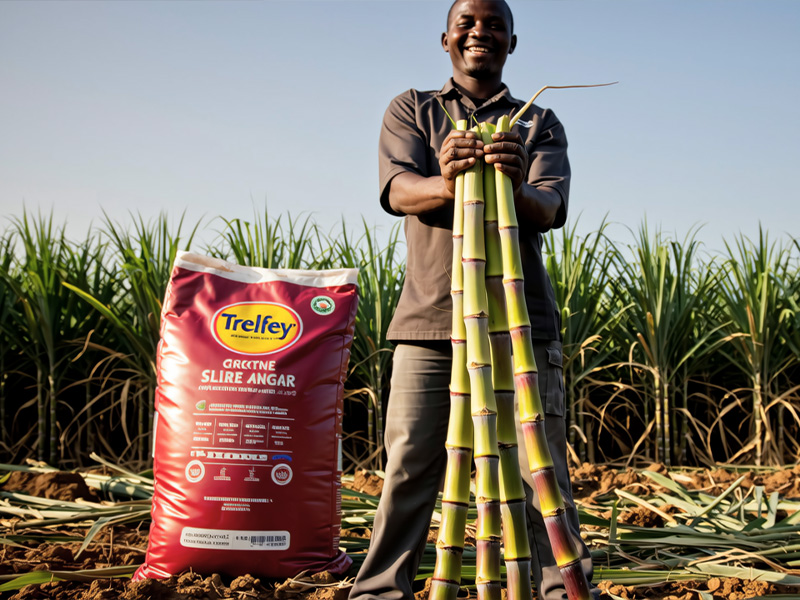
🌱🚜 Our fertilizer supercharges sugarcane growth! See these lush, towering canes with strong stalks and deep green leaves? That’s the power of balanced nutrition at work! Perfect density, optimal height – ready for maximum yield.
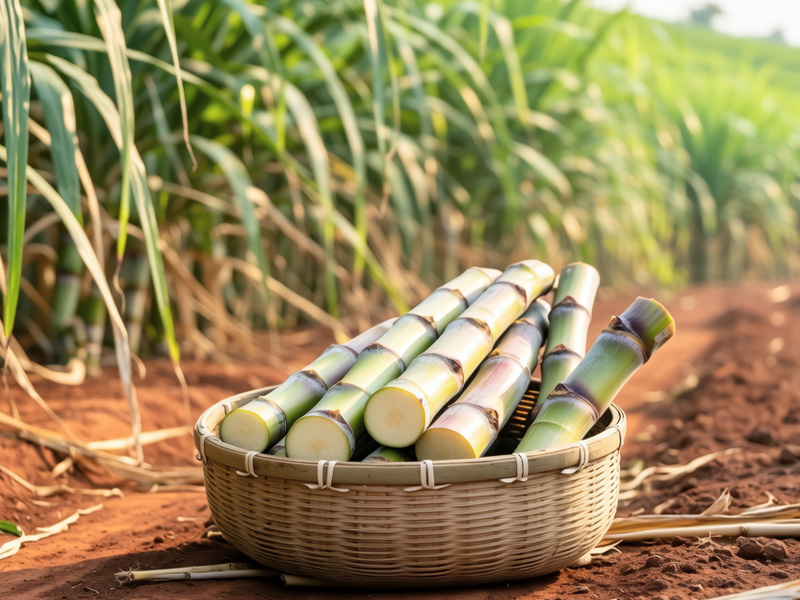
🎋💪 This is what quality looks like! Notice the uniform thickness, long internodes and healthy sheen? Our specialized fertilizer produces canes packed with more sucrose and better milling quality. Farm-tested, mill-approved!
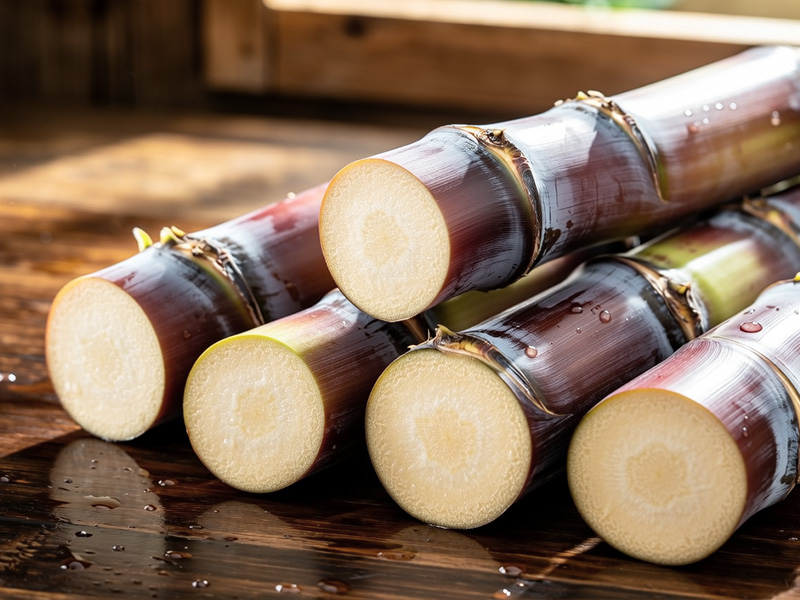
🍯🔥 Sweet proof of success! These crisp, juicy sections show perfect maturity and sugar accumulation. Our fertilizer ensures: → Higher sucrose content → Better juice purity → Improved crop longevity. Taste the difference!
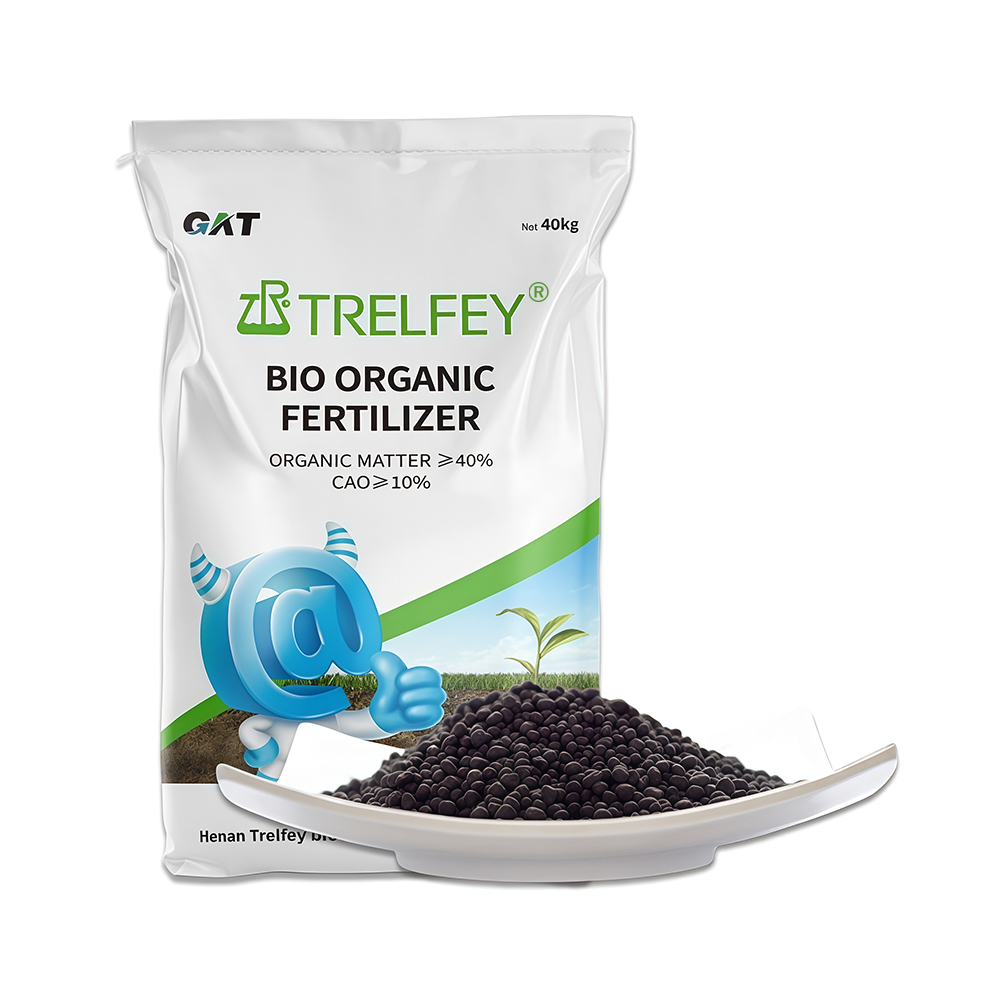
Bio-organic fertilizer
1. lmprove fertilizer utilization efficiency, Living soil and nourishing the land
2. lmprove crop rhizosphere environment, Solubilize phosphorus and potassium
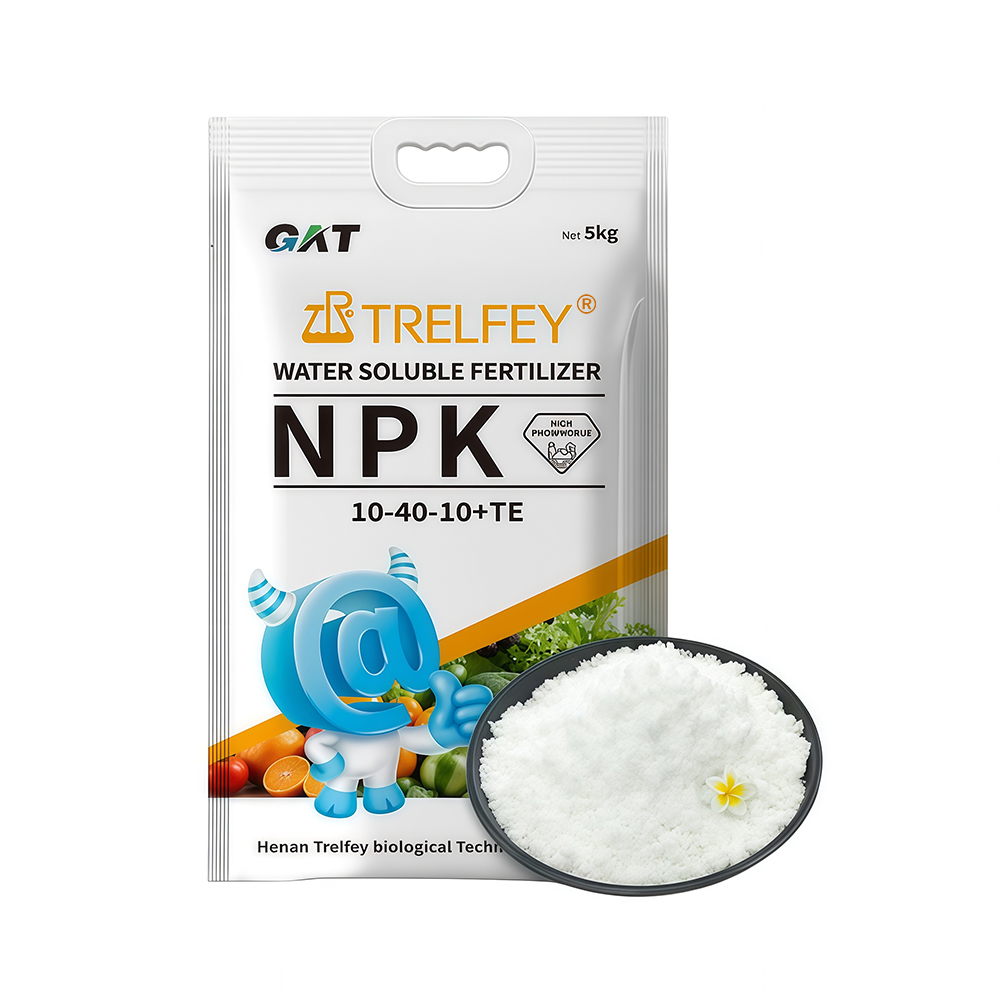
Water soluble fertilizer
1. Promote crop fruit enlargement, coloring and sweetness
2. Does not contain plant growth hormone
3. Contains a variety of trace elements
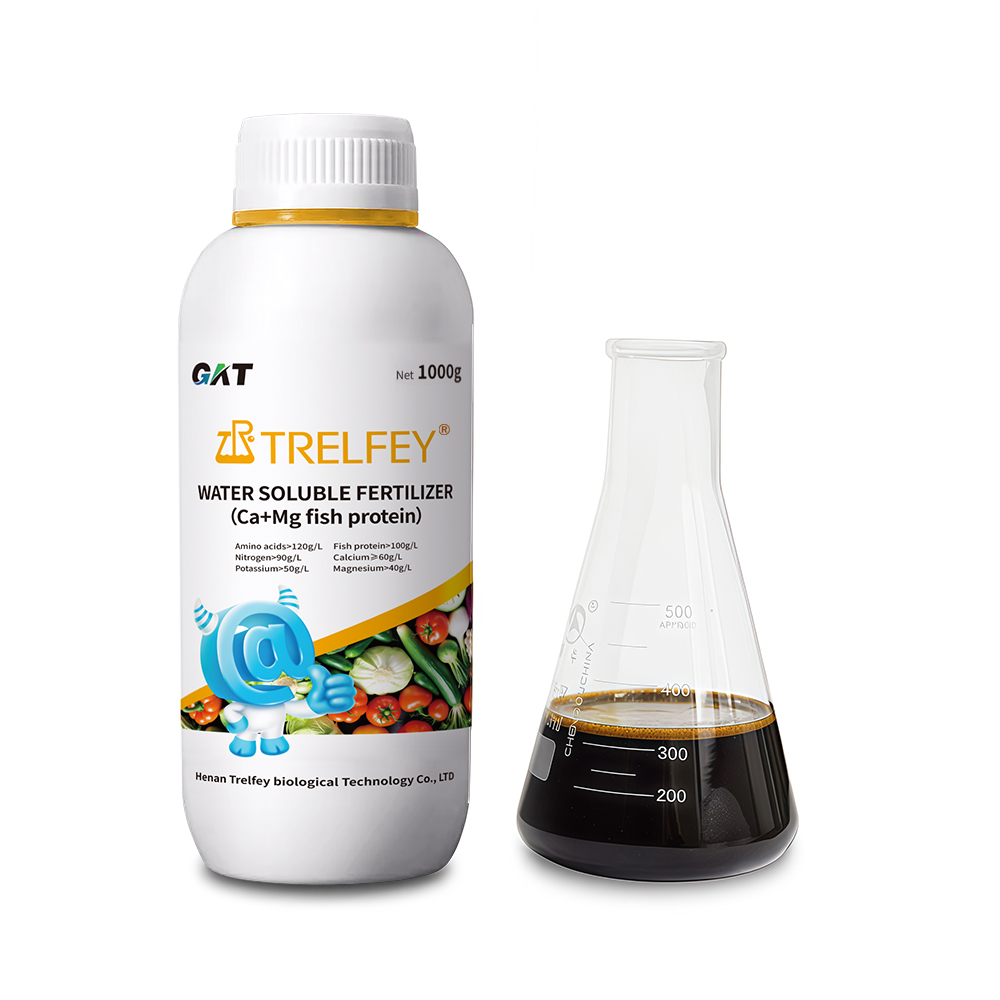
Potassium humate granules
1. Full nutritional formula, one spray and multiple effects
2. Reduce fertilizer dependence, fight disease and prevent disease
3. Organic + inorganic synergy
